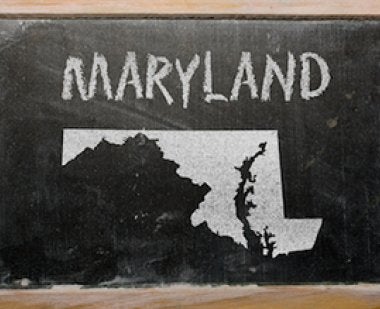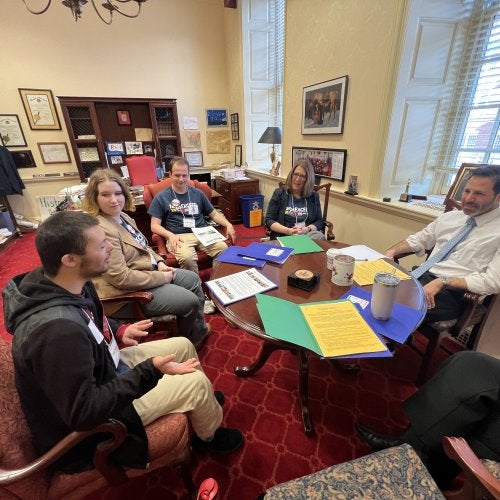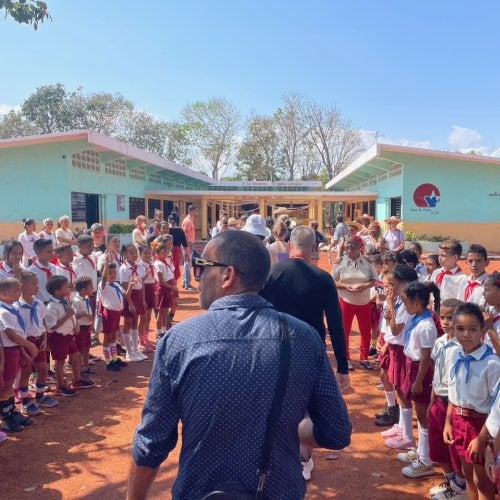
COLLEGE PARK, MD (May, 2017) – In response to widespread reports of national and state-level teacher shortages, a new report from the University of Maryland analyzes supply and demand trends for teachers in Maryland. Led by the UMD College of Education’s Maryland Equity Project, the report does not find that demand for teachers in Maryland exceeds supply, painting a complex picture of factors that influence the Maryland teacher labor market
However, the report does suggest the possibility of a future teacher shortage if public school enrollment continues to increase in conjunction with a continued decline in teacher preparation program enrollment.
“While growing public school enrollment and rising attrition among mid-career teachers increases the need for new teachers entering the field, the state consistently produces more teacher graduates than are hired by local school districts, many of which draw upon out-of-state hires,” Dr. Gail Sunderman, director of the Maryland Equity Project, explained.
The report, Is There a Teacher Shortage? Examining Trends in Demand and Supply, incorporates data from the Bureau of the Census, the National Center for Education Statistics, and the Maryland State Department of Education during the 2005-2015 timespan to track the Maryland teacher pipeline.
Demand for Teachers in Maryland:
- Student enrollment and population: Public school enrollment in Maryland increased 2.2 percent between 2005 and 2015, even as the school age population declined 3.5 percent between 2005 and 2014.
- Teacher attrition: Overall, teacher attrition has been static and, at 7.0 percent in 2015, Maryland is below the national average of 7.7 percent. The distribution of when teachers leave teaching has changed; Maryland has improved the retention of early career teachers, but the rate rose among mid-career teachers.
- Other demand factors: MSDE continues to identify teacher shortages in some content areas (ESOL, Foreign Language, Mathematics, Science, and Special Education), however, this reporting does not take into account out-of-state hires. Suburban schools have an easier time recruiting teachers than urban and rural systems do.
Supply of Teachers in Maryland:
- Sources of Teachers: The supply of teachers produced by higher education institutions in Maryland was relatively constant between 2005 and 2013, but declined slightly in 2014 and 2015. However, enrollment in the Maryland Academic Program (MAP), the primary path to obtaining a teaching certificate in Maryland, has declined since 2011, which may be an early indicator of a downturn in teacher supply.
- Hiring Maryland graduates: School districts in Maryland are hiring fewer teachers who have been trained in-state, with about 30 to 40 percent of those graduates working in local schools. In 2015, out-of-state candidates made up 68 percent of new hires in Maryland schools.
- Critical shortage areas: Maryland school districts are hiring fewer than available Maryland graduates in critical shortage areas such as math, foreign language, ESOL, science and special education, with school districts hiring less than 10 percent of available graduates in 2015.
The report concludes with the following recommendations:
- Monitor the regional teaching market, taking into account the factors that lead school districts to hire teachers trained outside of Maryland, as well as graduates from Maryland institutions who also look outside the state, with special attention paid to the decline of hiring of Maryland-trained teachers in Maryland.
- Improve the tracking of critical content shortage areas, which do not adequately factor in new hires from outside of Maryland.
- Develop a more reliable way to track geographic shortage areas to get a better sense of in-state staffing needs.
Read the full report, “Is There a Teacher Shortage in Maryland? Examining Trends in Supply and Demand” here: https://go.umd.edu/cx7
The Maryland Equity Project, a research center housed within the Department of Teaching and Learning, Policy and Leadership at the University of Maryland College of Education, generates and synthesizes research on key issues related to educational opportunity in Maryland.



